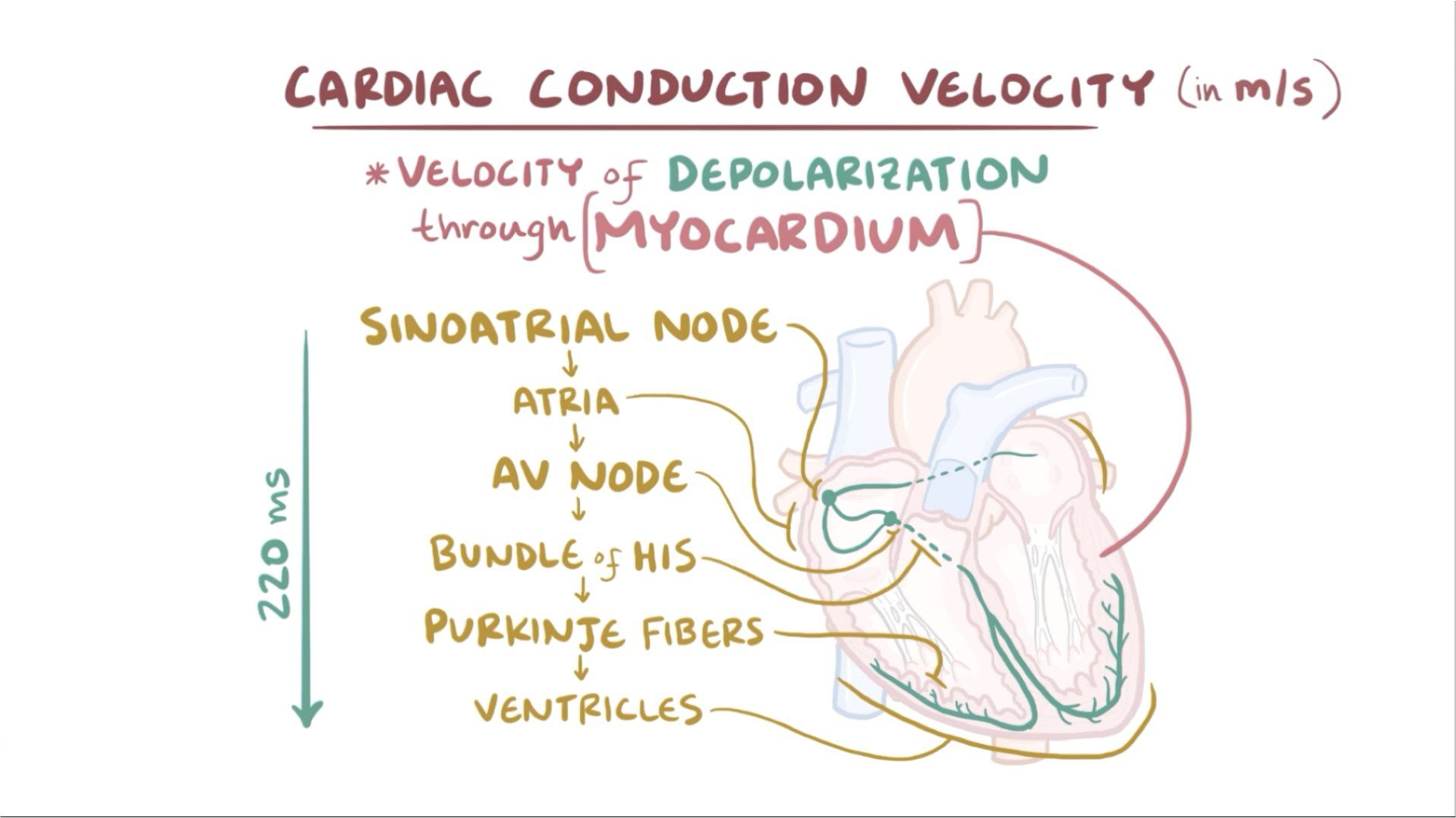A nurse is teaching a client's partner about how to obtain a blood pressure reading. Which of the following actions by the partner indicates a need for further instruction?
Checks the instrument gauge to ensure the reading starts at zero
Centers the cuff bladder over the client's brachial artery
Places the client's arm above the level of the client's heart
Wraps the blood pressure cuff around the client's arm using firm pressure
The Correct Answer is C
A. Checks the instrument gauge to ensure the reading starts at zero:
This action is correct. Before taking a blood pressure reading, it's essential to ensure that the instrument's gauge starts at zero. This ensures accurate measurement as the reading reflects the pressure above zero.
B. Centers the cuff bladder over the client's brachial artery:
This action is correct. Proper placement of the blood pressure cuff over the brachial artery is crucial for accurate readings. Centering the cuff ensures that the artery is correctly compressed for measurement.
C. Places the client's arm above the level of the client's heart:
This action is incorrect. Placing the arm above heart level can result in a falsely low blood pressure reading. The arm should be at the same level as the heart to obtain an accurate measurement.
D. Wraps the blood pressure cuff around the client's arm using firm pressure:
This action is correct, but it's important to note that while the cuff should be snug, it should not be too tight or too loose. Wrapping the cuff with firm, even pressure ensures proper compression of the artery for an accurate measurement.
Nursing Test Bank
Naxlex Comprehensive Predictor Exams
Related Questions
Correct Answer is D
Explanation
A. Indicates the beginning of diastole: This statement is not accurate. S2, the second heart sound, indicates the end of systole and the beginning of diastole. It is specifically associated with the closure of the aortic and pulmonary valves.
B. Coincides with the carotid artery pulse: This statement is not accurate. S2 is associated with the closure of the aortic and pulmonary valves in the heart, not with the carotid artery pulse.
C. Is louder than an S1: This statement is not accurate. S1, the first heart sound, is usually louder than S2. S1 is associated with the closure of the mitral and tricuspid valves and marks the beginning of systole.
D. Is caused by the closure of the semilunar valves: This statement is accurate. S2 is caused by the closure of the aortic and pulmonary valves, which are the semilunar valves in the heart. It marks the end of systole and the beginning of diastole.

Correct Answer is {"dropdown-group-1":"C"}
Explanation
The pacemaker of the heart is known as the sinoatrial (SA) node. The SA node is a specialized group of cells located in the right atrium of the heart. It generates electrical impulses that initiate each heartbeat and set the rhythm for the entire heart.

Whether you are a student looking to ace your exams or a practicing nurse seeking to enhance your expertise , our nursing education contents will empower you with the confidence and competence to make a difference in the lives of patients and become a respected leader in the healthcare field.
Visit Naxlex, invest in your future and unlock endless possibilities with our unparalleled nursing education contents today
Report Wrong Answer on the Current Question
Do you disagree with the answer? If yes, what is your expected answer? Explain.
Kindly be descriptive with the issue you are facing.
